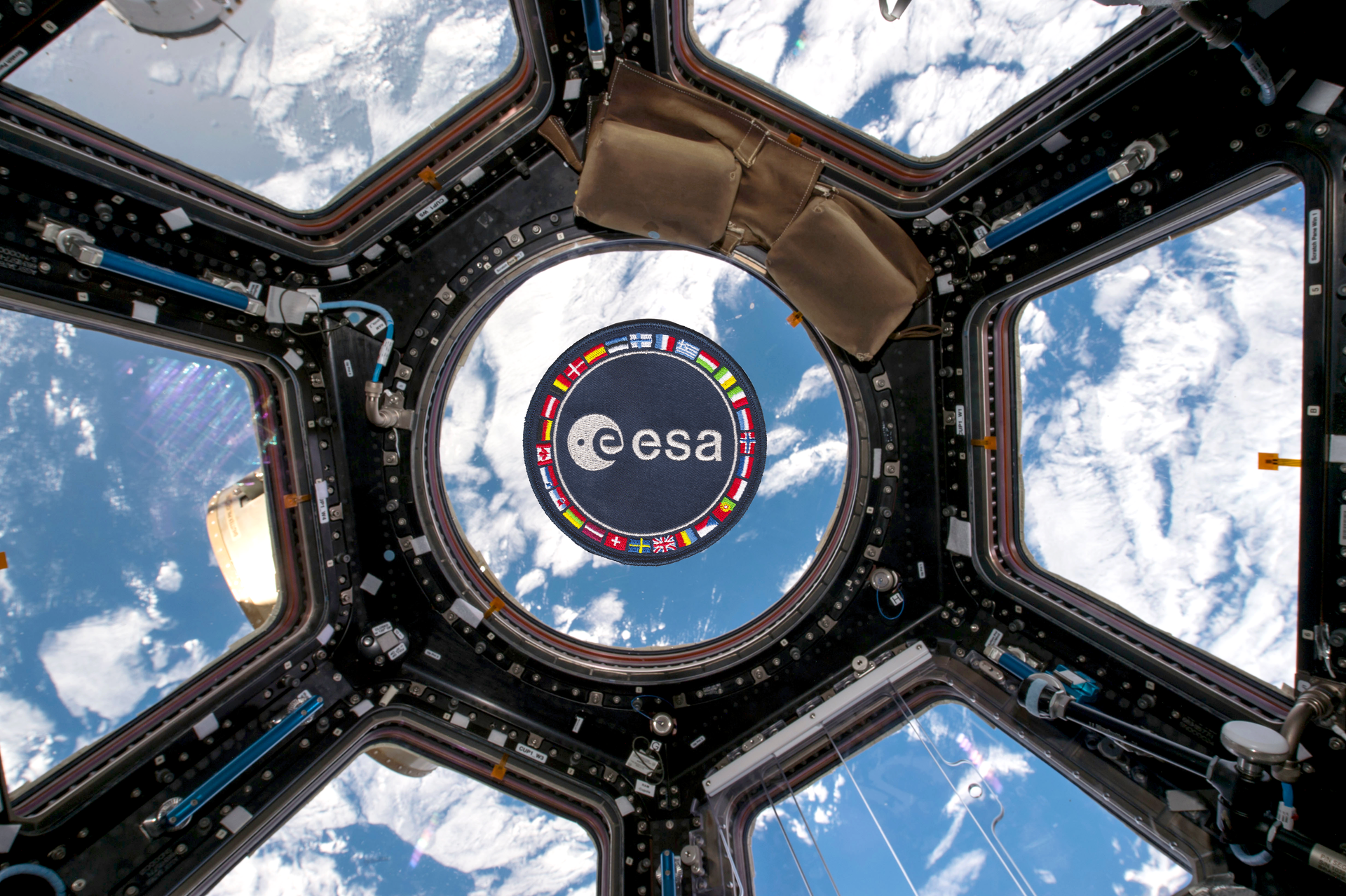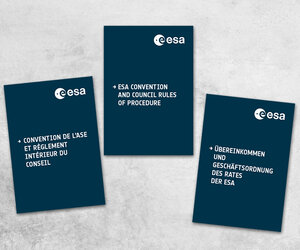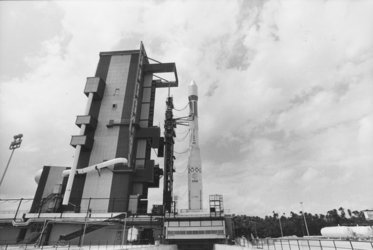ESA facts
We are the European Space Agency, committed to peacefully exploring and using space to benefit everyone. Since our creation as an intergovernmental organisation in 1975, we've been championing European scientific and industrial interests in space.
We combine the financial and intellectual resources of our members to undertake ambitious space programmes and activities, achieving results that no single European country could accomplish alone.
What does ESA do?
In short, ESA’s job is to draw up the European space programme and carry it through. ESA's programmes are designed to find out more about Earth, its immediate space environment, our Solar System and the Universe, as well as to develop satellite-based technologies and services, and to promote European industries. ESA also works closely with space organisations outside Europe.
The full definition of our purpose comes from Article II, Purpose, Convention of establishment of a European Space Agency, which states:
ESA's purpose shall be to provide for, and to promote, for exclusively peaceful purposes, cooperation among European States in space research and technology and their space applications, with a view to their being used for scientific purposes and for operational space applications systems:
- by elaborating and implementing a long-term European space policy, by recommending space objectives to the Member States, and by concerting the policies of the Member States with respect to other national and international organisations and institutions;
- by elaborating and implementing activities and programmes in the space field;
- by coordinating the European space programme and national programmes, and by integrating the latter progressively and as completely as possible into the European space programme, in particular as regards the development of applications satellites;
- by elaborating and implementing the industrial policy appropriate to its programme and by recommending a coherent industrial policy to the Member States.
Who belongs to ESA?
Austria, Belgium, Czech Republic, Denmark, Estonia, Finland, France, Germany, Greece, Hungary, Ireland, Italy, Luxembourg, the Netherlands, Norway, Poland, Portugal, Romania, Slovenia, Spain, Sweden, Switzerland and the United Kingdom. Slovakia, Latvia and Lithuania are Associate Members. Canada takes part in some projects under a cooperation agreement.
Bulgaria, Croatia, Cyprus and Malta have cooperation agreements with ESA.
Where is ESA located?
- ESA's headquarters are in Paris which is where policies and programmes are decided. ESA also has sites in a number of European countries, each of which has different responsibilities:
- EAC, the European Astronauts Centre in Cologne, Germany;
- ESAC, the European Space Astronomy Centre, in Villanueva de la Canada, Madrid, Spain;
- ESOC, the European Space Operations Centre in Darmstadt, Germany;
- ESRIN, the ESA centre for Earth Observation, in Frascati, near Rome, Italy;
- ESTEC, the European Space Research and Technology Centre, Noordwijk, the Netherlands.
- ECSAT, the European Centre for Space Applications and Telecommunications, Harwell, Oxfordshire, United Kingdom.
- ESEC, the European space Security and Education Centre, Redu, Belgium.
ESA also has liaison offices in Belgium, USA and Russia; a launch base in French Guiana and ground/tracking stations in various parts of the world.
How many people work for ESA?
There are around 3000 staff working for ESA (correct as of 2025), from all the Member States and include scientists, engineers, information technology specialists and administrative personnel.
Where do ESA’s funds come from?
ESA’s mandatory activities (space science programmes and the general budget) are funded by a financial contribution from all the Agency’s Member States, calculated in accordance with each country’s gross national product. In addition, ESA conducts a number of optional programmes. Each Member State decides in which optional programme they wish to participate and the amount they wish to contribute.
How big is ESA’s budget?
ESA's budget for 2025 is €7.68 billion. ESA operates on the basis of geographical return, i.e. it invests in each Member State, through industrial contracts for space programmes, an amount more or less equivalent to each country’s contribution.
How much does each European spend on ESA?
European per capita investment in space is very little. On average, every citizen of an ESA Member State pays, in taxes for expenditure on space, about the same as the price of a cinema ticket (in USA, investment in civilian space activities is almost four times as much).
How does ESA operate?
The Council is ESA's governing body and provides the basic policy guidelines within which ESA develops the European space programme. Each Member State is represented on the Council and has one vote, regardless of its size or financial contribution.
ESA is headed by a Director General who is elected by the Council every four years. Each individual research sector has its own Directorate and reports directly to the Director General. The present Director General of ESA is Josef Aschbacher.
For more information:
ESA HQ Nikis
8-10 rue Mario Nikis
CS 45741
75738 Paris Cedex 15
France
Tel: +33 1 53 69 76 54
Fax: +33 1 53 69 75 60









